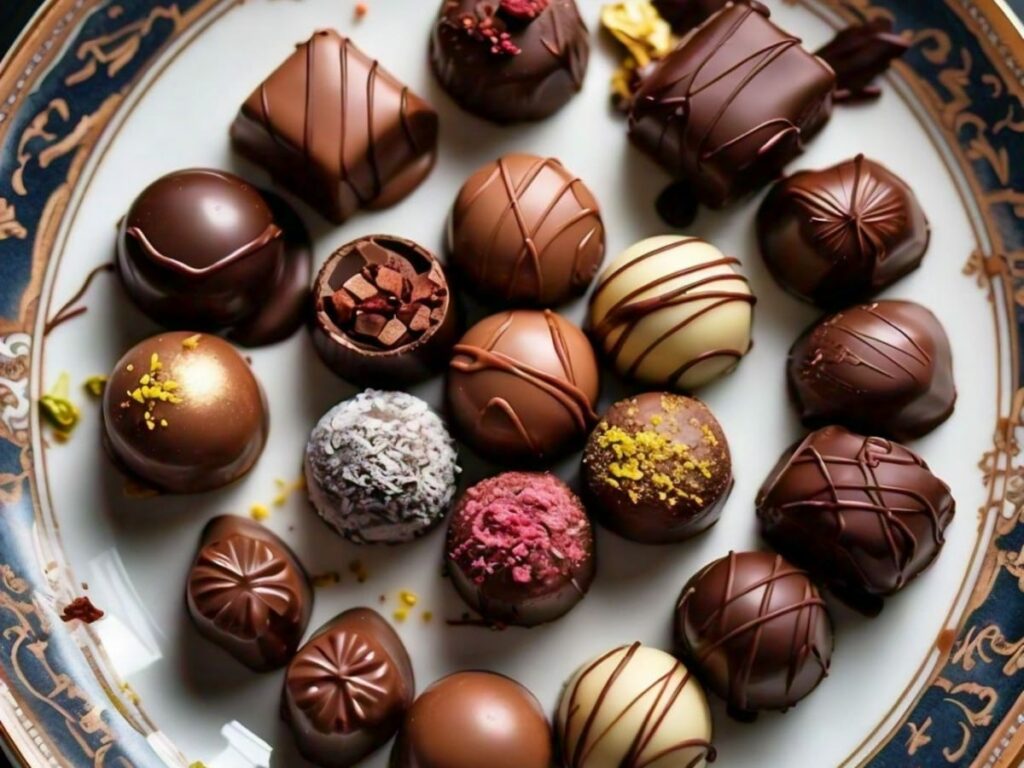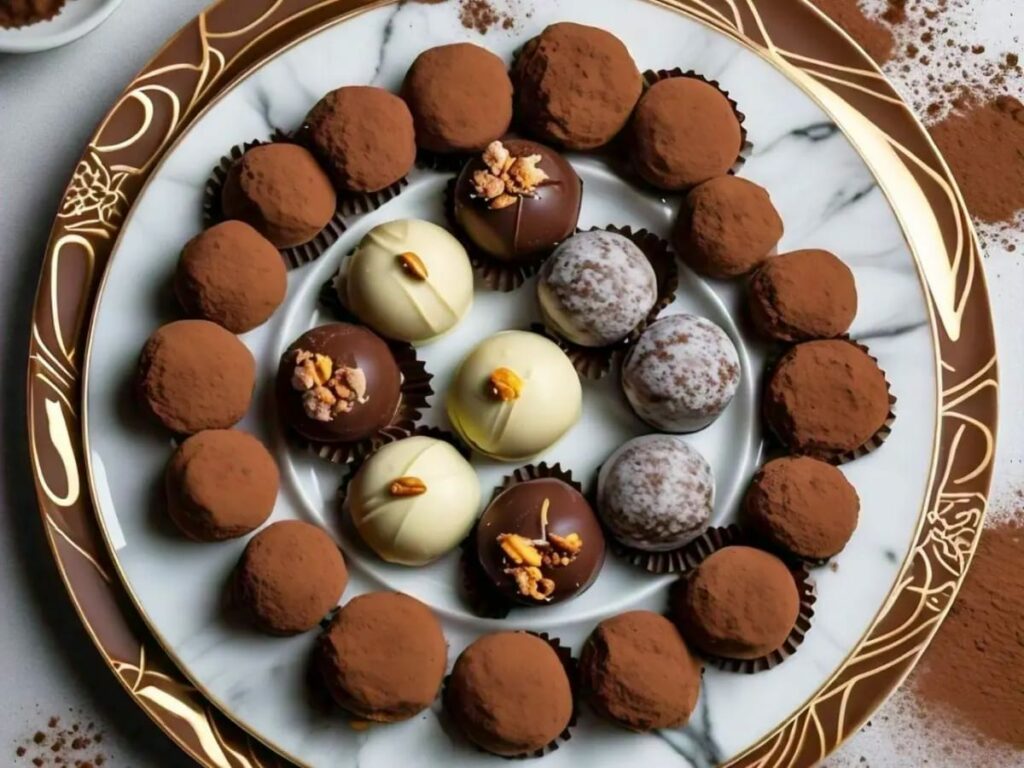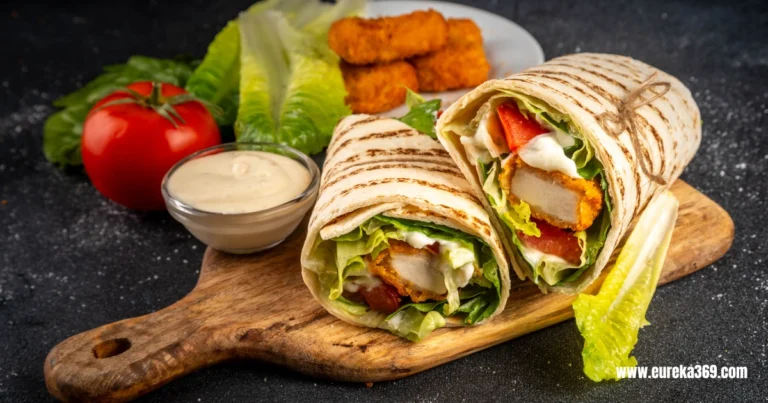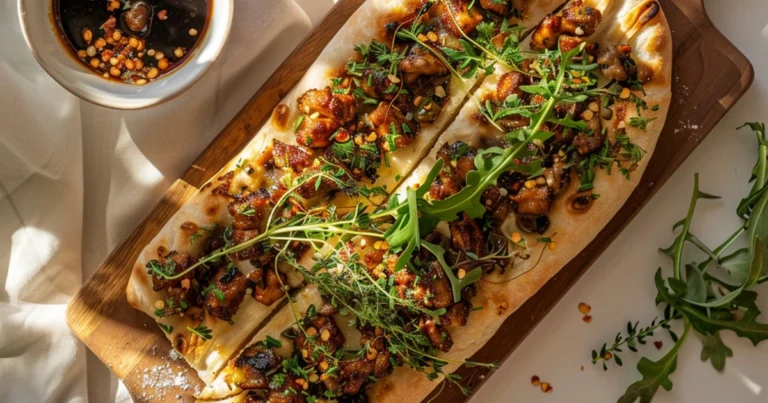
5 Minutes Read
July 7th is a day when all chocolate lovers around the world eagerly anticipate World Chocolate Day. It’s a day when we can indulge in our favorite chocolate delights without a hint of guilt.
Hence, this day offers us a golden ticket to explore the rich history, exhilarating production process, delicious truffle recipe, and surprising benefits of this scrumptious treat, such as a tour of Charlie’s Chocolate Factory. So, grab your favorite bar and join us on a mouthwatering journey through the world of chocolate.
The Bittersweet History of Chocolate
Since then, the story of chocolate began over four thousand years ago in ancient Mesoamerica. The Olmec civilization and then the Maya and Aztecs first discovered the delights hidden within cacao beans. However, their version was quite far from the sweet confection we know today. Instead, they consumed it as a bitter, frothy drink mixed with spices, believing it to have some divinitive significance.
European Debut
The Spanish introduced chocolate to Europe in the 16th century, and they brought cacao beans back from their expeditions. Initially, it remained a luxury; only the elite could enjoy this heavenly delight, but as production methods improved and they also added sugar to tackle the natural bitterness, chocolate’s popularity soared across the continent.
The 19th-century era revolutionized production procedures. In 1828, Dutch chemist Coenraad van Houten invented the cocoa press, separating cocoa butter from roasted cacao beans. This innovation led to the creation of solid bars, as well as the establishment of the famous companies we know and love today.
Why did July 7th become World Chocolate Day?
Every year on July 7th, we celebrate World Chocolate Day. This should not be confused with International Chocolate Day, which we celebrate on September 13 every year.
July 7th reportedly commemorates its introduction to Europe in 1550. Moreover, there are several other holidays related to it throughout the year. July 7th has become widely recognized as the global day to celebrate its delightful treats.
This celebration serves multiple purposes:
- It commemorates the long history and cultural significance of chocolate across various civilizations.
- It spreads awareness about its industry, including fair trade practices and sustainable cocoa farming.
- It provides its lovers worldwide with a perfect excuse to enjoy their favorite treats.
- It provides a brilliant opportunity for chocolatiers and confectioners to showcase new creations and flavors.
- It increases sales for manufacturers and local businesses involved in the global market.
From Bean to Bar: The Production Process
Since the journey of chocolate from cacao tree to candy bar is a tantalizing process that spans continents, it requires both agricultural expertise and culinary artistry.
Cultivation:
Cacao trees thrive in tropical climates between 20 degrees north and south of the equator. The main cacao-producing regions include West Africa, Central and South America, and parts of Asia.
However, the process begins with planting cacao seeds in shaded nurseries. They transfer the young plants to plantations after about six months. Furthermore, it takes 3-5 years for a cacao tree to produce its first pods, which they carefully harvest by hand when they are ripe.
After harvesting, they open the pods, remove the seeds, and allow them to ferment for 5-7 days. This crucial step develops the chocolaty flavor. After fermentation, they sun-dry the beans for several days before shipping them to manufacturers.
Manufacturing:
The real transformation begins at the factory.
- Roasting: Beans are roasted to remove moisture and enhance their flavor.
- Cracking and Winnowing: Beans are cracked and removed from their outer shells.
- Grinding: The nibs (the inner part of the bean) are ground into a paste called chocolate liquor.
- Pressing: They press the liquor to separate cocoa solids and cocoa butter.
- Mixing: They mix ingredients like sugar and milk (for milk chocolate) and then add cocoa butter.
- Conching: To refine its flavor, the mixture is heated and agitated.
- Tempering: They carefully heat it and cool it down to stabilize it.
- Molding: The tempered mixture is poured into molds to create the final product.
Types of Chocolate: A Flavor for Every Palate

The world of heavenly delight offers a wide variety of flavors and textures to suit every taste preference.
- Dark chocolate contains the highest percentage of cocoa solids, which is about 50–90%, offering a rich, intense flavor with minimal sweetness.
- Milk chocolate is a combination of cocoa solids, cocoa butter, and milk powder, resulting in a sweeter and creamier taste. Which is the most popular type around the globe?
- White Chocolate: Made from cocoa butter, milk solids and sugar, it offers a sweet and creamy flavor with a subtle vanilla flavor.
- Ruby Chocolate: A relatively new invention surfaced in 2017, made from ruby cocoa beans. It has a natural pink color and a unique berry flavor.
- Couverture Chocolate: It is of high quality with a higher percentage of cocoa butter. Pastry chefs or professional dessert chefs often use it for tempering and coating.
The Health Benefits of Chocolate: Not Just a Guilty Pleasure
However, chocolate is an indulgence, and research has shown that it can offer several health benefits when consumed in a balanced way, specifically dark chocolate with a high cocoa content. Following are a few benefits that you may get from it:
- Rich in antioxidants: it contains antioxidants like flavonoids and polyphenols, which help fight free radicals in the body.
- Heart Health: Regular consumption may reduce the risk of cardiovascular diseases by lowering blood pressure.
- Brain Function: The flavonoids in it can improve blood flow to the brain, potentially enhancing cognitive function.
- Mood Booster: It contains compounds that can stimulate the production of endorphins. The hormones that trigger the rewarding feeling.
- Skin Health: The antioxidants may help protect the skin from UV rays and keep it hydrated.
Though it is important to note that these benefits are primarily associated with dark chocolate containing at least 70% cocoa solids, Remember to take it in moderation. It is not acceptable to take anything excessively.
A Delicious Recipe to Celebrate World Chocolate Day

To help you celebrate World Chocolate Day and make it more chocolaty, here’s a simple yet delectable recipe for truffles:
However, chocolate is still high in calories and sugar, so it’s not exactly a health food, but as it still contains some beneficial nutrients, it makes indulgence a little sweeter, doesn’t it?
Therefore, here is a super simple recipe for truffles that’ll make you feel like a master chocolatier:
Things you need:
Good-quality dark chocolate (at least 70% cocoa) 8 Ounces, Click here to buy
Heavy cream, 1/2 cup, Click here to buy
Unsalted butter, 1 tablespoon, Click here to buy
Vanilla extract, 1/4 teaspoon, Click here to buy
Cocoa powder for coating, Click here to buy
Method:
- Chop up your chocolate and throw it in a heatproof bowl.
- Heat up the cream in a small saucepan until it’s just about to boil, then take it off the heat.
- Pour the hot cream over your chocolate and let it sit for a couple of minutes.
- Stir gently until everything’s smooth and combined.
- Add the butter and vanilla, and stir until it’s all mixed in.
- Cover the bowl and pop it in the fridge for at least 2 hours, or until it’s firm.
- Use a small scoop or spoon to form the mixture into 1-inch balls when chilled.
- Roll each ball in cocoa powder. Get messy—it’s part of the fun!
- Store your creations in an airtight container in the fridge. They will last about a week, but I am sure that nobody would want to leave them for that long!
These truffles are perfect for sharing with friends—or not, we won’t judge.
Chocolaty Golden Ticket Used:
Hence, we have availed ourselves of our golden ticket while exploring the most enthralling world of chocolate. This beloved treat is so much more than just a sweet obsession. From its ancient origins to its modern-day global popularity, it has played a significant role in human history, culture and cuisine.
From now on, while celebrating World Chocolate Day with your loved ones, you will also cherish the rich history and craftsmanship behind each bite of it.
Happy World Chocolate Day Everyone!
Citations:
[1] https://en.wikipedia.org/wiki/World_Chocolate_Day
[2] https://www.magnumicecream.com/us/en/stories/about-us/the-history-of-chocolate.html
[3] https://dezaan.com/en-US/manufacturing/know-cocoa/cultivation/
[4] https://www.britannica.com/plant/cacao
[5] https://www.english-heritage.org.uk/easter/the-history-of-chocolate/
[6] https://www.agrifarming.in/cocoa-cultivation
[7] https://www.cocoalife.org/in-the-cocoa-origins/
[8] https://nationaltoday.com/world-chocolate-day/
[9] https://www.icco.org/growing-cocoa/
Also check out a good read on Purple Potatoes from Peruvian Cuisine
Diclosure: As an Amazon Associate, I earn from qualifying purchases. Some of the links on this page are affiliate links, which means that if you click on them and make a purchase, I may receive a small commission at no additional cost to you.”
-
It is worth reading about chocolate history and more ,…. keep it up.



Leave a Reply